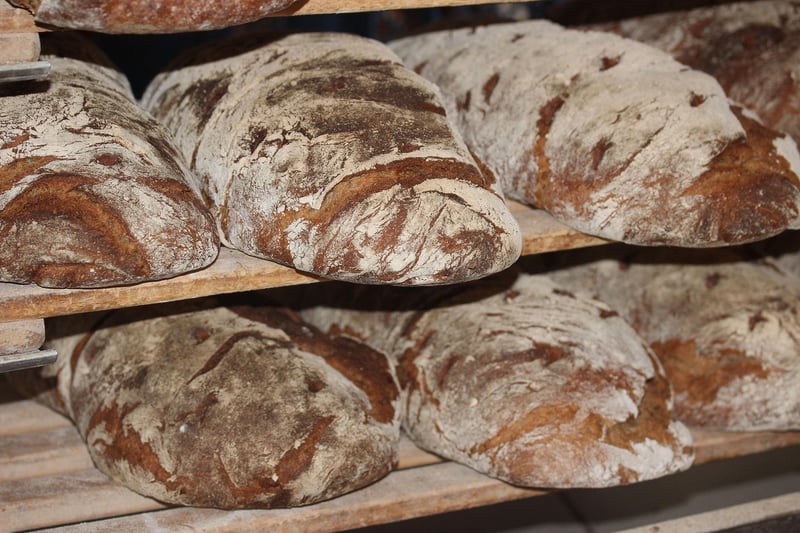Low-Temp Baking
Precision Methods for Optimal Results in Low-Temperature Baking
Baking at low temperatures requires precision and attention to detail to achieve the best results. Whether you're making delicate pastries, slow-roasted meats, or tender vegetables, mastering the art of low-temp baking can elevate your culinary creations to new heights. In this guide, we'll explore some precision methods to help you achieve optimal results in low-temperature baking.
1. Use a Reliable Oven Thermometer
One of the key elements of low-temperature baking is ensuring that your oven temperature is accurate. Ovens can often have hot spots or inaccurate temperature readings, which can lead to uneven baking. Invest in a reliable oven thermometer to monitor the actual temperature inside your oven and make adjustments as needed.
2. Preheat and Preparing Ingredients
Preheating your oven to the correct temperature is crucial for low-temperature baking. Allow sufficient time for the oven to reach the desired temperature before placing your food inside. Additionally, ensure that your ingredients are at room temperature to promote even baking.
3. Use High-Quality Bakeware
The type of bakeware you use can significantly impact the outcome of your baked goods. Opt for high-quality, heavy-duty pans that distribute heat evenly and resist warping. This will help prevent burning or undercooking in low-temperature baking.
4. Monitor Internal Temperatures
When baking meats or other protein-rich foods at low temperatures, it's essential to monitor the internal temperature using a meat thermometer. This ensures that your food is cooked to the desired doneness without overcooking and becoming dry.
5. Practice Patience
Low-temperature baking often requires longer cooking times compared to traditional baking methods. Be patient and resist the urge to increase the temperature to speed up the process. Slow and steady baking results in tender, flavorful dishes.
6. Experiment with Flavors and Techniques
Low-temperature baking allows you to experiment with a variety of flavors and techniques. Try infusing your dishes with herbs, spices, and aromatics to enhance the overall taste. You can also explore methods like sous vide or slow roasting for unique textures and flavors.
7. Allow for Resting Time
After removing your baked goods from the oven, allow them to rest before serving. Resting allows the flavors to meld together and the juices to redistribute, resulting in a more flavorful and moist final product.
By following these precision methods and tips, you can achieve optimal results in low-temperature baking and impress your friends and family with delicious and perfectly cooked dishes.

Source image: Pixabay
